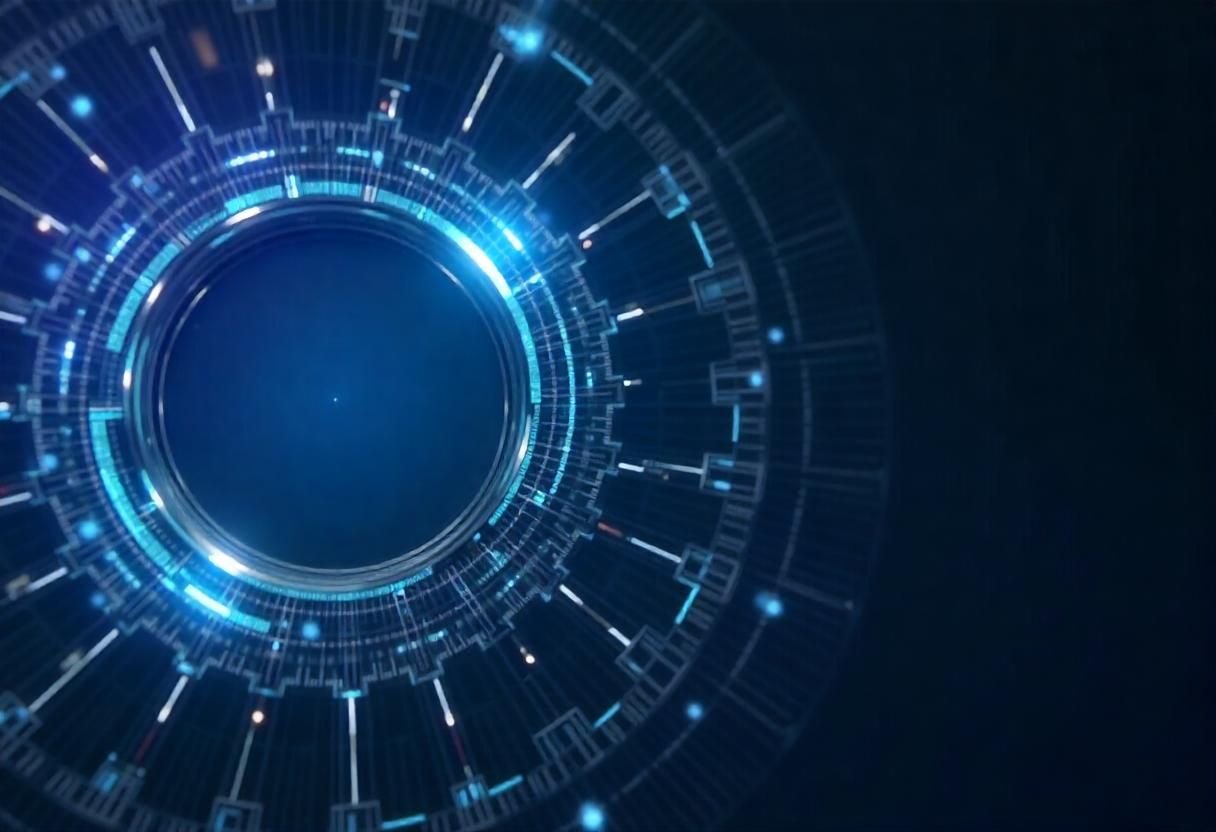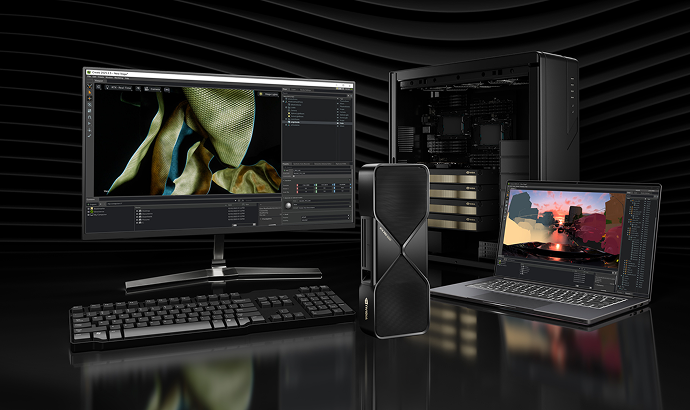

Writing About AI
Uvation
Reen Singh is an engineer and a technologist with a diverse background spanning software, hardware, aerospace, defense, and cybersecurity. As CTO at Uvation, he leverages his extensive experience to lead the company’s technological innovation and development.

The NVIDIA H100 and H200 are powerful Graphics Processing Units (GPUs) that lead the evolution in enterprise computing, driven by the AI revolution. The H100, built on the revolutionary Hopper architecture, set new benchmarks for AI computing. The H200 is an evolution of the H100, building upon its success with significant memory improvements, including the introduction of revolutionary HBM3e memory technology. There is an escalating demand for advanced AI hardware like the H100 and H200, as enterprises seek to improve their AI and machine-learning capabilities. These GPUs are considered more than just hardware upgrades; they are strategic assets that can define market leadership in an AI-driven world.
The H200 builds upon the H100’s successful platform with significant memory improvements as the main differentiator. While the H100 uses 80GB of HBM3 memory, the H200 transitions to HBM3e memory technology, which provides two key advantages. First, it increases the memory capacity to 141GB, and second, it boosts the memory bandwidth from 3.35 TB/s in the H100 to 4.8 TB/s in the H200. Despite these enhancements, the H200 demonstrates better power efficiency, with a lower maximum Thermal Design Power (TDP) of 600W compared to the H100’s 700W. It is important to note that both GPUs have the same Tensor Core performance for FP8 and TF32 precision formats.
Both GPUs provide substantial performance gains for AI workloads. The H100’s Transformer Engine, combined with its fourth-generation Tensor Cores and FP8 precision, enables up to 4x faster training for GPT-3 models compared to its predecessors. The H200’s enhanced memory, with 141GB of HBM3e capacity, has redefined what is possible in Large Language Model (LLM) applications and is also highly beneficial for complex scientific simulations.
Organisations implementing these GPUs have reported remarkable improvements, including:
These enhancements have particularly transformed generative AI, allowing for the simultaneous generation of multiple high-resolution images and cutting video rendering times by 40%.
The H100 and H200 are being deployed at a massive scale, demonstrated by xAI’s training cluster of 100,000 H100 GPUs, with plans to add 50,000 H200s. Their impact is seen across various industries:
The cost of acquiring H100 and H200 GPUs can be broken down into unit pricing, system integration, and cloud-based hourly rates.
While transformative, the adoption of H100 and H200 GPUs presents several considerations. The main challenge is infrastructure readiness, as these high-performance GPUs have demanding requirements. Organisations must ensure they have:
Proper planning for these infrastructure needs is essential for a smooth integration and to achieve optimal performance outcomes.
Upgrading to the NVIDIA H100 or H200 is more than a simple hardware refresh; it is a strategic investment in an organisation’s future computing capabilities. With AI workload requirements doubling every 3-6 months, legacy systems can become a constraint, leading to longer processing times and higher costs. Investing in these GPUs helps future-proof an organisation’s infrastructure, as their architecture supports emerging AI frameworks and standards, ensuring they remain relevant for years.
The business case is also compelling from a cost-efficiency perspective, with clients reporting tangible benefits such as:
We are writing frequenly. Don’t miss that.
